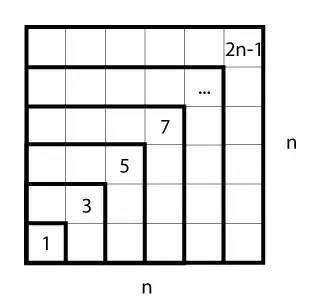My third-grade son came home a few weeks ago with similar homework questions:
How many faces, edges and vertices do the following
have?
- cube
- cylinder
- cone
- sphere
Like most mathematicians, my first reaction was that for
the latter objects the question would need a precise
definition of face, edge and vertex, and isn't really
sensible without such definitions.
But after talking about the problem with numerous people, conducting a kind of social/mathematical experiment, I observed something intriguing. What I observed was that
none of my non-mathematical friends and acquaintances had
any problem with using an intuitive geometric concept here,
and they all agreed completely that the answers should be
- cube: 6 faces, 12 edges, 8 vertices
- cylinder: 3 faces, 2 edges, 0 vertices
- cone: 2 faces, 1 edge, 1 vertex
- sphere: 1 face, 0 edges, 0 vertices
Indeed, these were also the answers desired by my
son's teacher (who is a truly outstanding teacher). Meanwhile, all of my mathematical
colleagues hemmed and hawed about how we can't really
answer, and what does "face" mean in this context anyway,
and so on; most of them wanted ultimately to say that a
sphere has infinitely many faces and infinitely many
vertices and so on. For the homework, my son wrote an explanation giving the answers above, but also explaining that there was a sense in which some of the answers were infinite, depending on what was meant.
At a party this past weekend full of
mathematicians and philosophers, it was a fun game to first
ask a mathematician the question, who invariably made various objections and refusals and and said it made no sense and so on, and then the
non-mathematical spouse would forthrightly give a completely clear
account. There were many friendly disputes about it that evening.
So it seems, evidently, that our extensive mathematical training has
interfered with our ability to grasp easily what children and
non-mathematicians find to be a clear and distinct
geometrical concept.
(My actual view, however, is that it is our training that has taught us that the concepts are not so clear and distinct, as witnessed by numerous borderline and counterexample cases in the historical struggle to find the right definitions for the $V-E+F$ and other theorems.)
